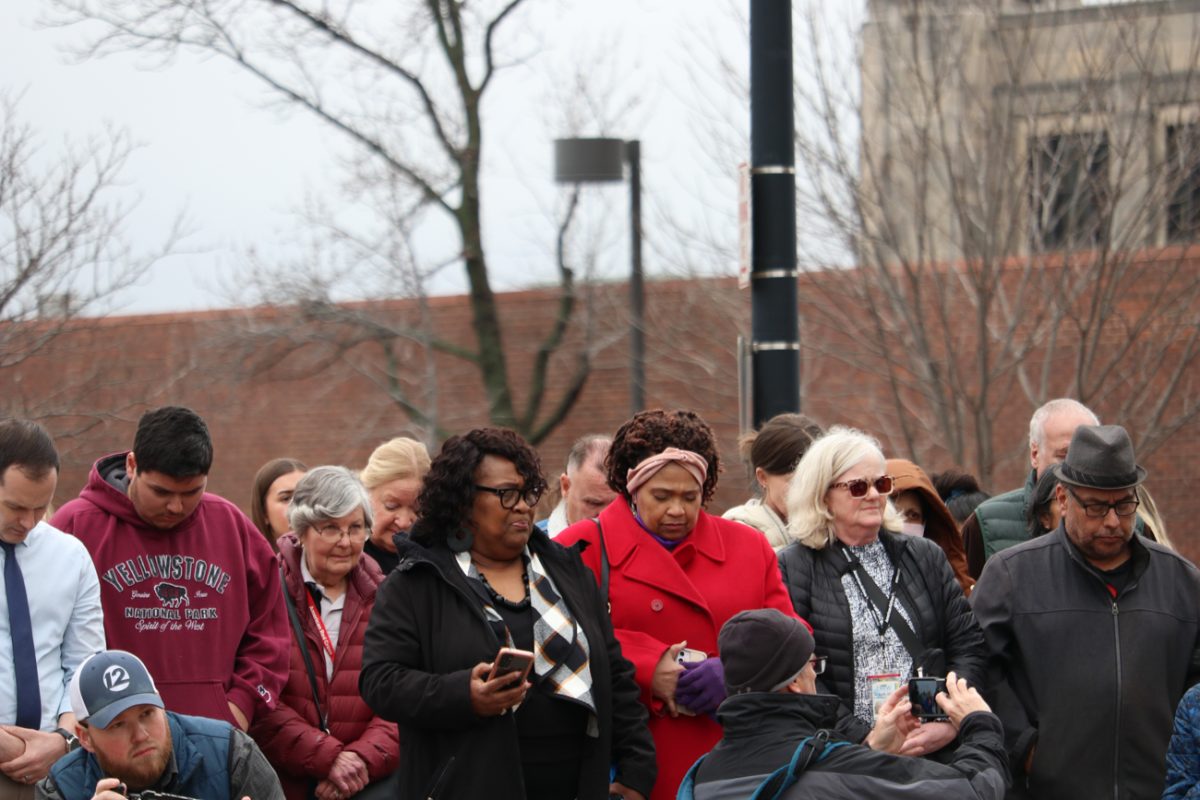American Airlines Flight 5342 and a U.S. Army Sikorsky UH-60 Black Hawk helicopter collided mid-air over the Potomac River near Ronald Reagan Washington National Airport on Jan. 29. Six months later, the National Transportation Safety Board began its hearings on the collision to understand how it happened.
On the evening of Jan. 29, American Airlines Flight 5342 was en route to land on runway 15/33 at Ronald Reagan National Airport (DCA). At the same time, an Army Sikorsky UH-60 Black Hawk helicopter was en route from Hains Point to the Wilson Bridge.
At 8:48 p.m., the Black Hawk helicopter collided with the back end of flight 5342, leading to the death of 67 people, including passengers, flight crew and pilots.
In an NTSB report from March, Federal Aviation Administration data showed that at least once a month from 2011 to 2024 the traffic collision avoidance system was triggered by proximity between a plane and helicopter.
“In over half of these instances, the helicopter may have been above the route altitude restriction,” the report states.
This means that at least once a month for the past 13 years, helicopters and commercial aircraft were reported as being too close to one another.
“While there is no single factor that led to the collision on January 29, it is alarming that FAA failed to act on years of data and near misses indicating serious problems with the design of the mixed airspace around DCA.” Kansas Senator Jerry Moran said in a news release. “The FAA blamed their inaction on bureaucracy but did not take action to try and alleviate the bureaucratic roadblocks within the agency. That is no excuse.”
Moran is the chairman of the Senate Commerce Subcommittee on Aviation, Space, and Innovation. He also lobbied for this flight path in 2023 so that federal officials could quickly travel between Wichita and Washington, D.C.
After the January collision, the NTSB recommended that the FAA indefinitely forbid helicopter operations near DCA when runway 15/33 is being used, and that instead, the helicopters utilize an alternate route.
Also briefly mentioned in the reports was a discrepancy in the helicopter’s altitude. In recordings from the cockpit voice recorders, the pilot indicated an altitude of 300 ft, the instructor pilot indicated an altitude of 400 ft.
“Neither pilot made a comment discussing an altitude discrepancy,” the report states.
In Moran’s statement, he said these inaccuracies were discovered to be faulty equipment within the helicopter.
“The ADS-B Out technology was not transmitting on the Blackhawk likely due to faulty equipment that the Army failed to identify and has now been found to be an issue on numerous other Army helicopters as well,” Moran said.
The preliminary report explains ADS-B technology, saying it provides “air traffic controllers and pilots with accurate information to help keep aircraft safely separated in the sky and on runways.”
While investigations are still ongoing, there has been no mention of investigating the ADS technology being faulty on the investigations webpage as of Aug. 25.
The investigation into the collision will take approximately one year to 18 months from Jan. 29 to be completed, according to the NTSB.






